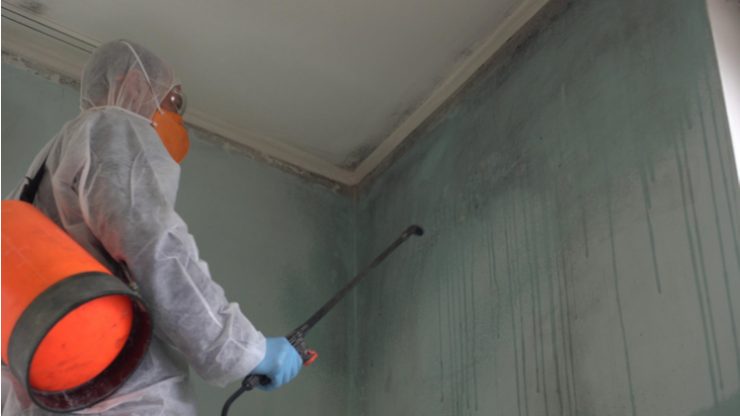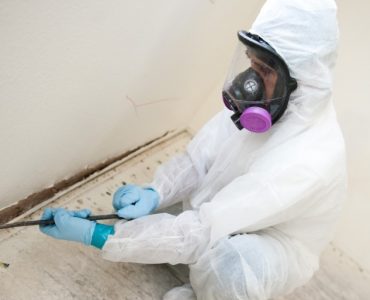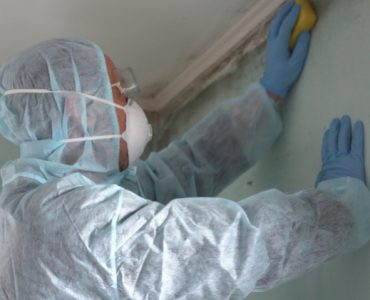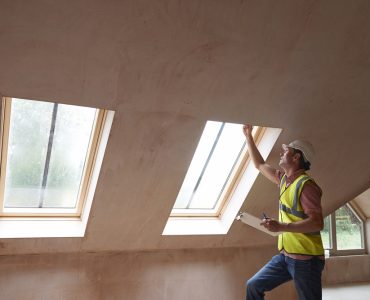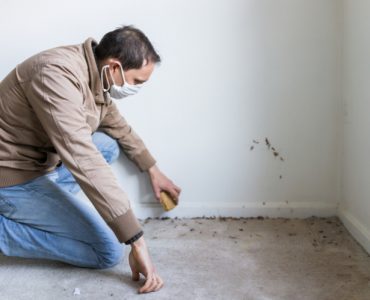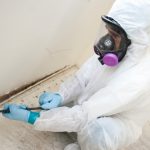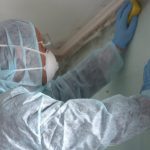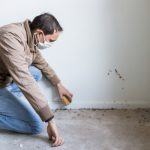Health and safety at work is rightly recognized as an important issue these days;however, a lot of people associate this only with overt hazards, such as working at height, heavy lifting or slippery surfaces. There are of course more covert hazards that may not spring instantly to mind, including faulty air conditioning and mold. That fuzzy growth on food that’s been forgotten is an instant signal to throw it in the trash, whereas a thin covering of white or black mold in a restroom often goes untreated, beyond an occasional wipe by the office cleaner perhaps.
However, it’s a fact that black mold can grow underneath sinks, inside walls and even inside air ducts, any of which can have a very negative impact on everyone’s health. A building manager is usually responsible for the health effects that toxic mold can have on tenants, and if you’re an employer who owns their own business but who rents offices, then you need to find out your legal position should mold develop.
Sick Building Syndrome
A nightmare for any building owners, whether residential or commercial, Sick Building Syndrome is associated with poor air quality and can cause a range of illnesses. Airborne spores can bring on sneezing fits, irritate throats or eyes and lead to serious health conditions, such as asthma.
To make sure you stay on top of any such problems there are a number of actions to take:
- Check all the obvious places regularly
- Get your employees involved in regular checks
- If black mold is discovered try to identify the source
- Appraise the severity of the problem (for example, if there are large areas of mold)
- Consult with the building owner if your workplace is rented
- Call in certified mold remediation experts if the mold problem is serious
- Make sure all employees or tenants are informed of your plans.
Routinely inspect places that tend to stay damp such as around water fountains, break room sinks and around bathroom plumbing. If a musty smell develops but there is no visible mold, it may be hidden behind walls or inside crawl spaces. Encourage your employees to check regularly in shared areas and make enquiries if several people fall ill regularly with respiratory problems.
Mold growth can be associated with leaks and calling in a professional plumber to do an expert job may save you time and money in the longer term. Small areas of mold — less than three square feet — may be treatable fairly easily in-house, however, it’s important that the person tackling this is properly protected from exposure to mold at work. In particular do not permit anyone who has respiratory problems or asthma to tackle this job. More serious mold outbreaks should be treated by a certified cleaning and restoration contractor.
Keep your workplace safe
Make sure you know when to call in black mold removal specialists. By following simple mold-prevention practices, and responding promptly to water damage problems, you will be keeping your workplace safe.


